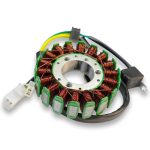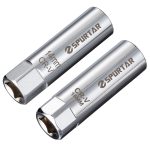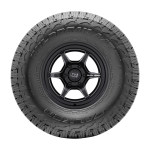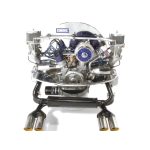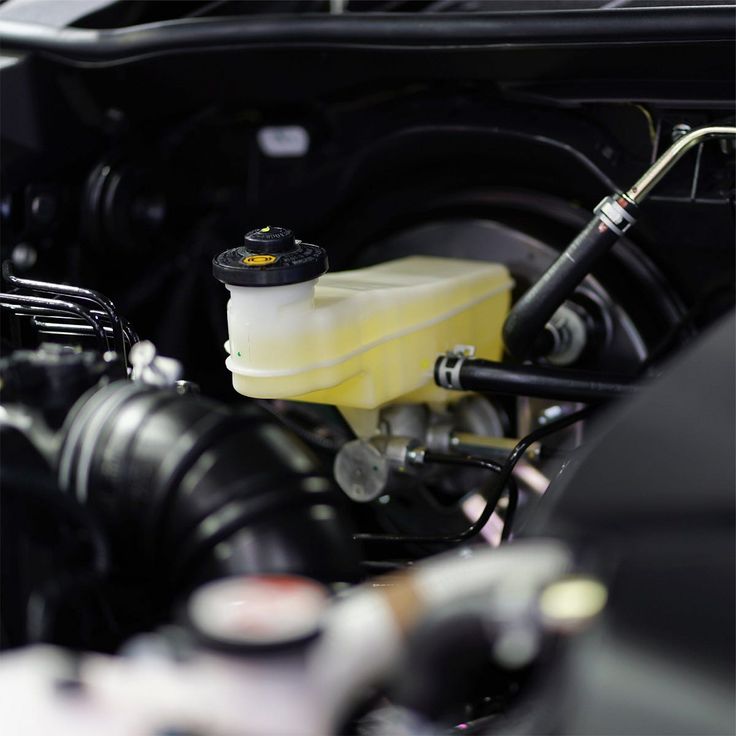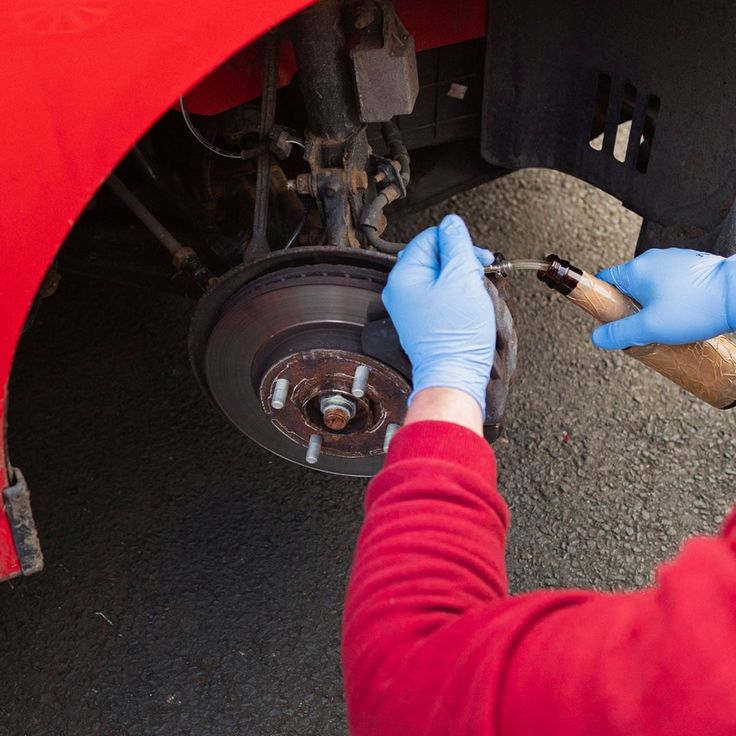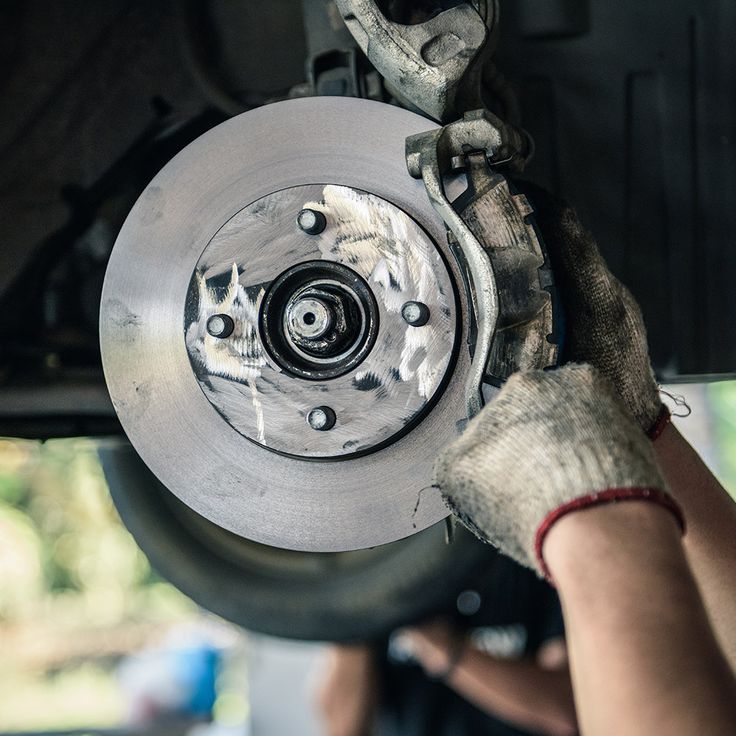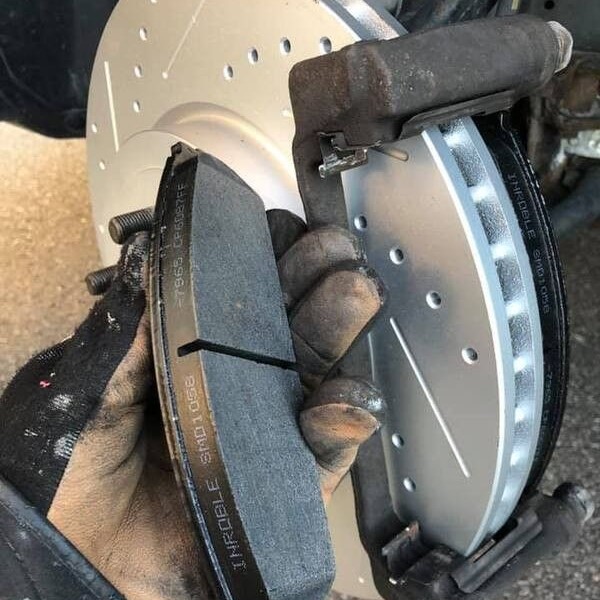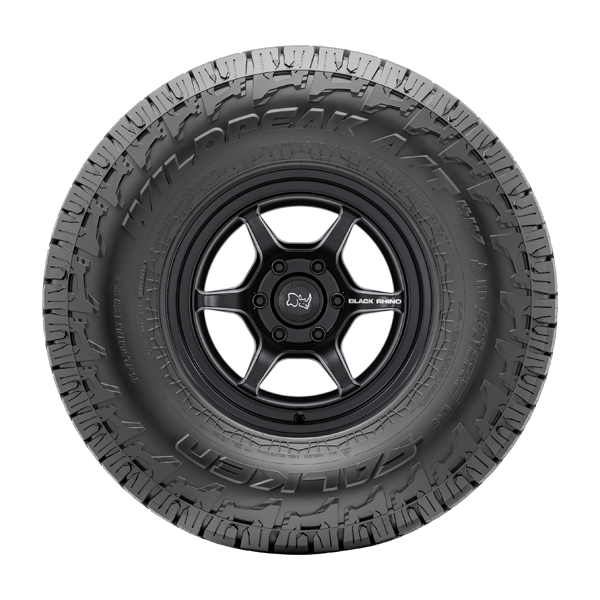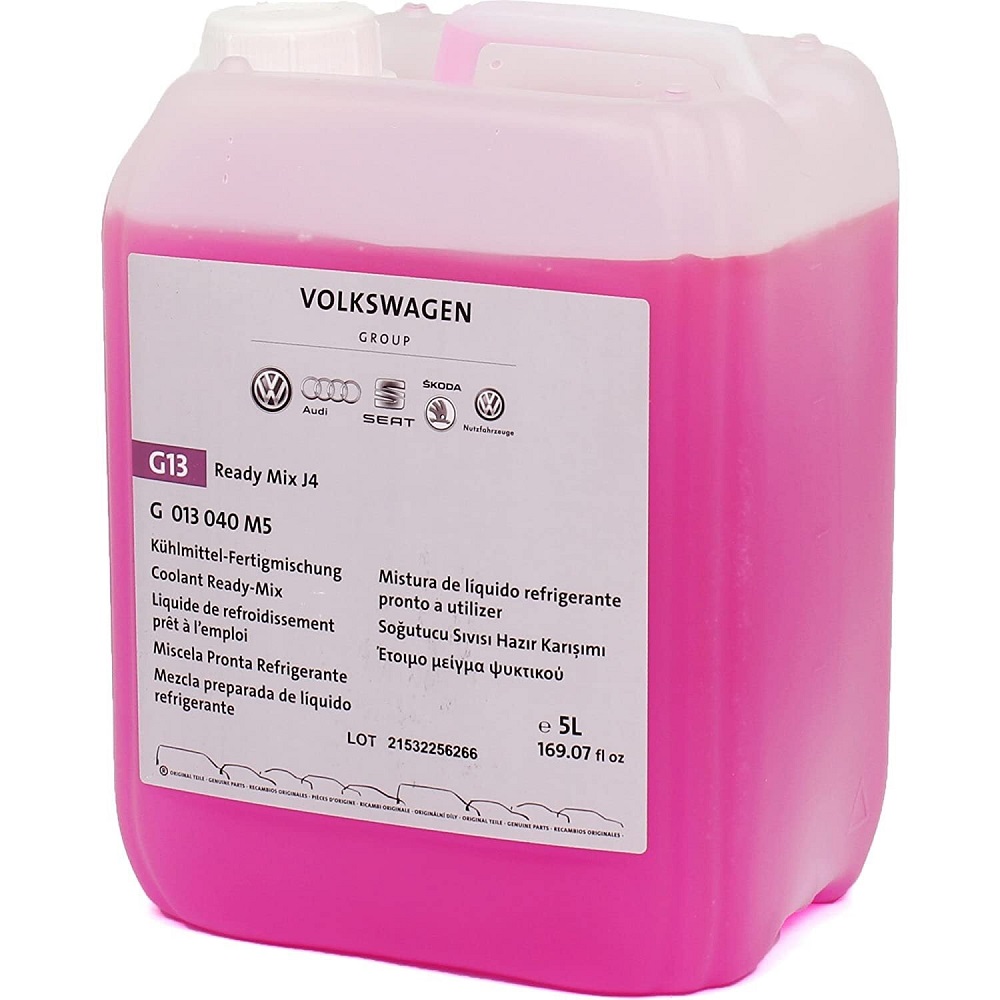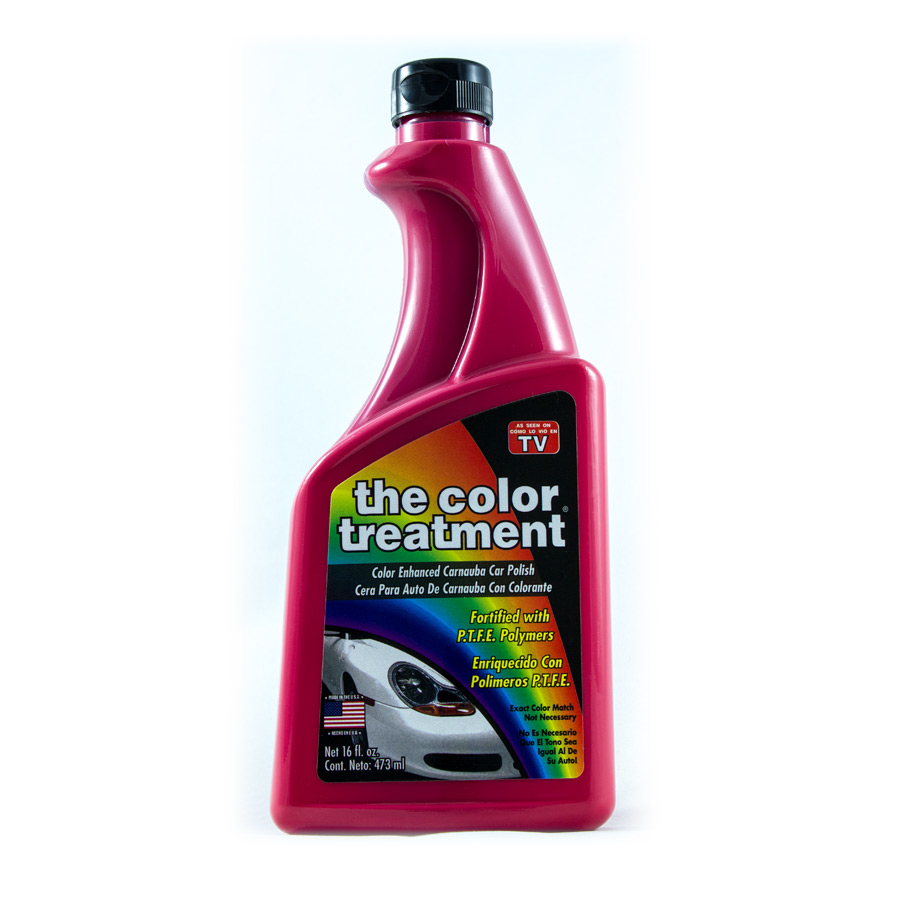What Is Brake Fluid?
Brake fluid is a vital liquid for vehicle safety. It powers the hydraulic braking system. This car brake fluid converts force from the pedal into pressure for braking action.
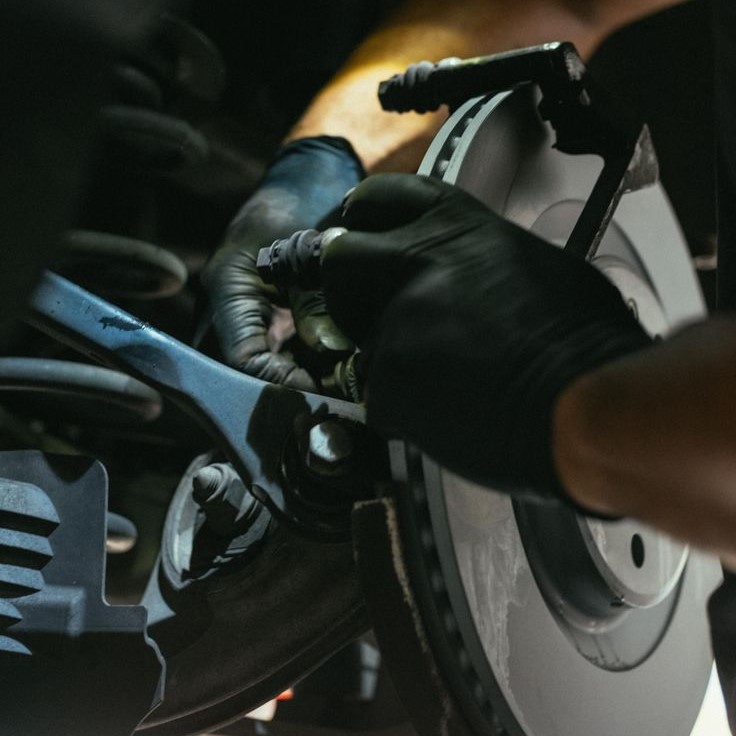
The Role of Brake Fluid in a Car
Brake fluid helps transfer force to stop a car effectively. It maintains safety by ensuring the brake system works smoothly. It delivers consistent braking power under various driving conditions. Without proper fluid, brakes could fail, risking accidents.
How Brake Fluid Works in the Brake System
Brake fluid creates hydraulic pressure for braking. When pressing the pedal, it compresses the fluid. The pressure pushes the brake pads against the rotors. This process slows or stops the vehicle. Brake fluid also prevents corrosion and enhances braking system durability.
Common Types of Brake Fluid
Brake fluid comes in several types with distinct properties and uses. Each type is designed to meet specific braking needs and compatibility requirements. Choosing the right one ensures optimal vehicle performance and safety.
DOT 3 Brake Fluid
DOT 3 brake fluid is widely used in standard cars. It has a lower boiling point compared to other types, making it suitable for light to moderate driving conditions. This fluid absorbs moisture over time, which can reduce its effectiveness. Regular replacement is important to maintain braking efficiency and prevent system corrosion.
DOT 4 Brake Fluid
DOT 4 brake fluid is designed for higher performance vehicles. It has a higher boiling point than DOT 3, providing better performance under demanding conditions. This fluid can handle higher temperatures generated by intense braking. DOT 4 absorbs moisture like DOT 3, so it requires regular maintenance. Many modern vehicles use DOT 4 fluids due to their enhanced performance.
DOT 5 Brake Fluid and Silicone-Based Options
DOT 5 brake fluid is silicone-based and does not absorb moisture. It is ideal for vehicles exposed to long storage periods or extreme weather conditions. This type provides excellent resistance to corrosion and performs well in low temperatures. However, DOT 5 is not compatible with vehicles using ABS systems or other types of brake fluids. Careful consideration is needed when choosing DOT 5.
DOT 5.1 Brake Fluid
DOT 5.1 brake fluid combines high performance and moisture absorption. It has a higher boiling point than DOT 3 and DOT 4, making it suitable for sports cars and heavy-duty vehicles. Unlike DOT 5, DOT 5.1 is compatible with ABS systems and maintains excellent braking performance. Routine maintenance is essential to keep this fluid effective.
Differences Between Brake Fluid Types
Understanding the differences between brake fluid types is crucial for maintaining car brake fluid performance. Each type has unique features that affect its behavior and compatibility with braking systems.
Boiling Points and Performance
Boiling points determine brake fluid effectiveness under high temperatures. DOT 3 fluid has a lower boiling point, suitable for regular driving. DOT 4 offers higher boiling points, ideal for performance cars and intense braking. Higher boiling points ensure braking systems perform under heat without losing effectiveness.
Compatibility with Braking Systems
- Compatibility of DOT 3 and DOT 4 Fluids:
- DOT 3 and DOT 4 brake fluids are widely compatible with most traditional braking systems. These fluids can effectively handle the hydraulic pressure required for reliable braking, making them popular choices for a variety of vehicles.
- Characteristics of DOT 5 Fluid:
- DOT 5 brake fluid, known for its silicone-based formulation, is notably durable and does not absorb moisture. However, this durability comes with a drawback: DOT 5 is incompatible with Anti-lock Braking Systems (ABS). Using DOT 5 in these systems can lead to malfunctions.
- Advantages of DOT 5.1 Fluid:
- DOT 5.1 brake fluid is designed to be compatible with ABS and modern braking systems. It combines the advantages of a high boiling point with compatibility for various vehicle types, making it a suitable option for newer models.
- Understanding ABS Systems:
- Anti-lock Braking Systems (ABS) require specific brake fluids due to their unique hydraulic configurations. Compatibility with the fluid type is essential to ensure the system functions as intended, especially under emergency braking situations.
- Need for Manufacturer Guidelines:
- Always refer to your vehicle’s owner manual when selecting brake fluid. The manual provides important information on the recommended fluid type, ensuring that you choose a compatible option for your specific braking system.
- Consequences of Incompatibility:
- Using incompatible brake fluid can lead to significant issues, including damage to seals and other components. This damage can compromise the entire braking system, resulting in costly repairs or even catastrophic brake failure.
Maintenance and Replacement Considerations
- Moisture Absorption in Brake Fluids:
- Brake fluids such as DOT 3 and DOT 4 are hygroscopic, meaning they absorb moisture from the air over time. This can lead to a decrease in boiling point and effectiveness, which may compromise braking performance.
- Frequency of Replacement for DOT 3 and DOT 4:
- Due to their moisture-absorbing properties, it’s necessary to replace DOT 3 and DOT 4 fluids more frequently. Depending on driving conditions and manufacturer’s recommendations, this may be every 1 to 2 years.
- Characteristics of DOT 5 Fluid:
- In contrast, DOT 5 fluid is silicone-based and does not absorb water. This unique property allows it to maintain its quality for a longer duration, making it more suitable for specific applications, such as classic cars or vehicles that sit unused for long periods.
- Routine Checks for DOT 5.1:
- While DOT 5.1 is designed to be compatible with both DOT 3 and DOT 4 fluids, it still absorbs moisture over time. Therefore, routine inspections for moisture content and overall performance are crucial to ensure its effectiveness.
- Preventing Corrosion:
- Timely replacement of brake fluid helps prevent corrosion within the braking system. Moisture can lead to rust formation and wear on components, such as brake calipers and master cylinders, which can be costly to repair.
- Ensuring Reliable Braking Performance:
- Regularly changing your brake fluid is vital for maintaining reliable braking performance. The brake system relies on effective hydraulic pressure generated by the fluid, and degraded fluid can compromise this function.
- Consultation with Professionals:
- For optimal maintenance, consider consulting with a professional mechanic. They can provide guidance tailored to your vehicle type and driving habits, ensuring you follow the recommended maintenance schedule.
Choosing the Right Brake Fluid for Your Vehicle
Selecting the correct brake fluid is crucial for safe and efficient braking. Your choice affects performance, durability, and overall vehicle safety. Considering specific factors and manufacturer guidelines helps in making the right choice.
Factors to Consider
- Boiling Point Requirements: Choose a fluid with a suitable boiling point for your driving needs. High-performance cars or heavy-duty vehicles demand fluids like DOT 4 or DOT 5.1.
- Vehicle Type: Standard vehicles work well with DOT 3 or DOT 4 fluids. Sports cars or advanced systems benefit from higher-grade fluids.
- Driving Conditions: For regular driving, DOT 3 might suffice. High-stress or extreme weather requires higher boiling point fluids such as DOT 4 or DOT 5.1.
- Compatibility: Ensure compatibility with your braking system. For example, DOT 5 is not suitable for ABS systems.
- Maintenance Practices: Consider your ability to maintain the brake fluid. Fluids like DOT 3 and DOT 4 require regular replacement due to moisture absorption.
Manufacturer Recommendations
Always follow your vehicle manufacturer’s guidelines when selecting brake fluid. These recommendations are based on your car’s design and performance needs. Check the owner’s manual for specific fluid types and compatibility. Using the recommended fluid ensures optimal braking performance and prevents damage to the system. When in doubt, consult a professional mechanic for advice.
Signs of Brake Fluid Problems
Problems with car brake fluid can affect safety and performance. Recognizing the signs ensures timely action.
Symptoms of Low or Contaminated Brake Fluid
- Spongy Brake Pedal: A soft or spongy pedal indicates air or moisture in the system.
- Extended Stopping Distance: Difficulty stopping quickly may mean insufficient fluid pressure.
- Brake Warning Light: A glowing brake warning light suggests low or degraded brake fluid.
- Discolored Fluid: Dark or dirty fluid indicates contamination and requires immediate replacement.
- Unusual Brake Noise: Squealing or grinding sounds could emerge from deteriorating brake fluid quality.
- Leaking Fluid: Visible fluid puddles near wheels or beneath the car mean a possible leak.
Consequences of Neglecting Brake Fluid Maintenance
Reduced Braking Power
- Impact of Neglect:
- Failing to maintain your brake fluid can significantly diminish your vehicle’s stopping capacity. Over time, the effectiveness of the fluid decreases, leading to longer stopping distances.
- Increased Accident Risks:
- With reduced braking power, the risk of accidents rises. Drivers may find themselves unable to stop quickly enough in emergencies, increasing the likelihood of collisions and road incidents.
- Importance of Regular Checks:
- Regularly checking and replacing your brake fluid is essential for ensuring optimal braking performance. Staying proactive can help prevent dangerous situations caused by inadequate stopping ability.
Corrosion in Brake System
- Moisture Accumulation:
- When brake fluid is not replaced regularly, it can absorb moisture over time. This moisture contributes to corrosion within the braking system, leading to rust formation on metal components.
- Damage to Braking Components:
- Corrosion can severely damage critical parts of the braking system, including brake lines, calipers, and rotors. This deterioration can compromise the overall safety and effectiveness of your brakes.
- Signs of Corrosion:
- Look for signs of corrosion, such as discoloration or rust around brake components. If observed, it may require immediate attention from a mechanic to assess and address the damage.
System Overheating
- Effects of Stress on Brake Fluid:
- When brakes are applied frequently or under heavy load, the fluid can overheat and reach its boiling point. This overheating leads to vapor formation, which reduces braking efficiency.
- Reduced Braking Performance:
- Boiling brake fluid can cause a soft or spongy brake pedal feel, making the brakes less responsive. In critical situations, this reduction in performance can jeopardize the driver’s ability to stop safely.
- Prevention through Maintenance:
- Regular fluid checks and replacement can help prevent overheating issues. Ensuring the fluid remains within optimal parameters is crucial for maintaining effective braking performance.
Costly Repairs
- Potential Damage from Neglect:
- Neglecting to maintain brake fluid can lead to significant damage to key components of the braking system, including calipers and master cylinders. This damage often results in costly repairs.
- Expensive Component Replacements:
- Repair costs can escalate quickly, particularly if parts need to be entirely replaced due to corrosion or wear. These repairs can be financially burdensome and inconvenient for vehicle owners.
- Long-term Savings:
- Investing time and money in regular maintenance can prevent these costly repairs. Staying proactive with your brake fluid can save you from financial surprises down the road.
Brake Failure
- Worst-Case Scenario:
- When brake fluid maintenance is neglected long enough, the worst-case scenario is total brake failure. This catastrophic failure can endanger lives and lead to severe accidents.
- Notable Risk Factors:
- Factors contributing to brake failure may include old, contaminated fluid; excess moisture; and corroded components. All these issues can create dangerous conditions for both the driver and others on the road.
- Prioritizing Brake Maintenance:
- To ensure safety on the road, prioritizing brake fluid maintenance is crucial. Regular upkeep can prevent the dire consequences associated with brake failure, making it essential for all vehicle owners.
Addressing these issues promptly avoids major safety and repair problems. Regular checks ensure your brakes perform reliably.
How to Check and Replace Brake Fluid
Checking and replacing your car brake fluid is essential for safe vehicle operation. Proper maintenance ensures effective braking and prevents costly repairs.
DIY Steps for Brake Fluid Inspection
- Locate the Brake Fluid Reservoir: Find the reservoir near the back of your engine bay. It typically has a labeled cap.
- Check Fluid Level: Look at the markings on the reservoir. Ensure the fluid level is between “MIN” and “MAX” lines.
- Inspect Fluid Color: Fresh brake fluid is clear or light amber. Dark or dirty fluid means it needs replacement.
- Test for Contaminants: Use a brake fluid tester to check moisture levels. Replace fluid if moisture exceeds safe limits.
- Add Fluid if Needed: Top up only with the recommended brake fluid type for your car.
- Replace with Care: Safely dispose of old brake fluid. Avoid spilling it on car parts, as it can cause damage.
When to Seek Professional Help
- Persistent Brake Problems: Seek help if brakes feel spongy even after adding fluid.
- Complicated Brake Systems: If your car has ABS or electronic brakes, consult a technician for fluid replacement.
- Significant Fluid Loss: Leaks or excessive fluid loss require professional diagnosis and repair.
- Uncertainty About Process: If unsure about the steps, let a professional handle the fluid change.
Regular inspection and timely replacement of brake fluid keep your brakes reliable and safe. Always follow your car’s manual and use manufacturer-recommended brake fluid.
